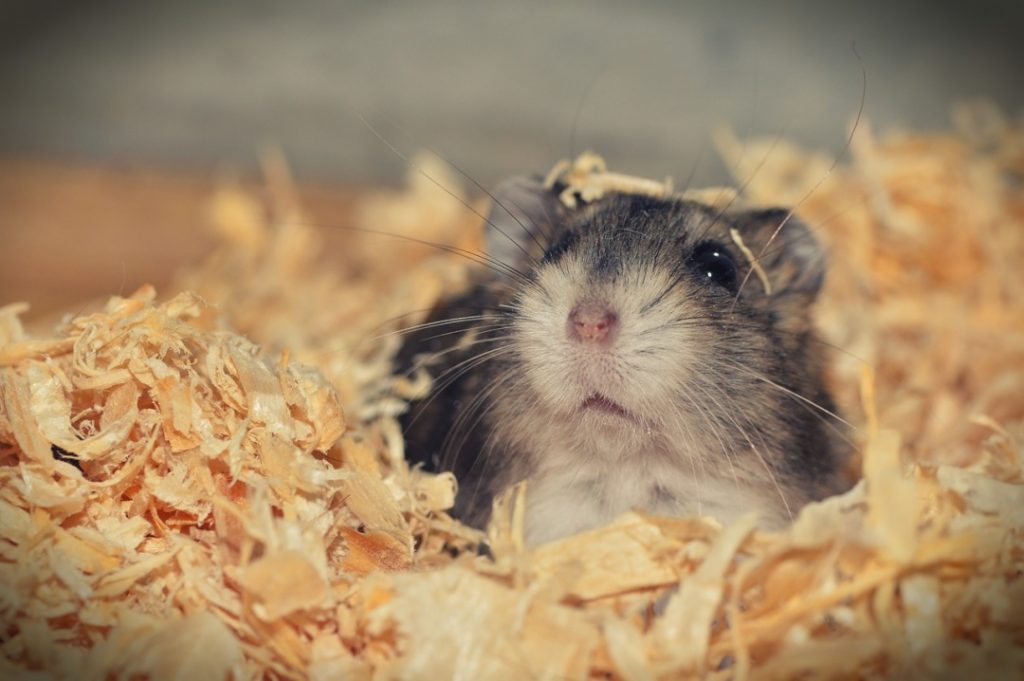Many hamster buyers look at little more than the color and the overall look of the hamster they get. If you are serious about getting a pet that you can enjoy, though, you need to look for a lot more. Here are the top 10 areas that need your attention when you go out looking for a pet hamster.
1. Are you sure you want a hamster?
Hamsters are small, vulnerable creatures – it does not make sense to get a hamster if you have dogs or cats at home. These other pets happen to be natural predators of hamsters.
You also need to think about any allergy to fur that a family member may have. If you get a hamster in a home where a family member has a fur allergy, you need to pay extra attention to keeping the hamster clean and free of loose fur.
2. Make sure that you have the right breed
Syrian hamsters: Also known as teddy bear hamsters, these are the most popular hamster breed for obvious reasons – they are fluffy and cute. Since they are friendly and meek, they make great pets for children. Syrian hamsters do not tend to be sociable with one another, though – they need to be kept apart if you buy more than one.
Roborovski Dwarf hamsters: If you really hope to keep multiple hamsters, you should consider the Roborovski Dwarf. These hamsters are friendly with one another and with people, too. These hamsters do not take very well to handling, though. They are best observed, rather than played with.
Dwarf Campbell Russian hamsters: These hamsters offer the best compromise of all. They are friendly to humans, friendly with one another, and also take well to handling. Children playing with these hamsters do need supervision, though. If these hamsters are not handled gently, they bite.
3. You probably do not want to get a dozen at the price of one
If you are buying a sociable hamster breed, you would find that pet stores keep several in the same cage. You could end up getting a pregnant hamster that gives birth soon after you bring it home. It is important to check to make sure that you do not get a pregnant pet.
It does not matter what gender you get – both male and female hamsters are equally friendly and fun to own. If you are getting multiple hamsters, you probably want to make sure that all of them are the same sex, too – unless you want to be overrun with hamsters.
4. You need to look for the youngest hamsters that you can find
Hamsters live between two and three years. The younger you get them, the longer you keep them. Very young hamsters are easy to train, too.
5. Remember that hamsters are nocturnal creatures
You should not get a hamster hoping for a lot of playtime. Hamsters are nocturnal rodents – they sleep through the day and wake up at night. If you or your children want to play with them, you will have to do it late at night. Waking a sleeping hamster up during the day can end in nasty bite injuries.
6. When you select a hamster, look closely at its eyes
Healthy hamsters have bright, clear eyes. You should stay away from ones with cloudy eyes or ones with eye discharge.
7. Make sure that the hamster you get does not have a wet tail or diarrhea
If the cage at the store has wet-looking droppings and if the area under the hamster’s tail is wet, the animal could have a dangerous bacterial infection. If any hamsters in the store appear to have this condition, you should look for another store.
8. Check the hamster’s fur
Before you decide on a specific hamster, you should make sure that it has no skin diseases. A healthy hamster has a glossy coat and smooth skin. If you see flaky skin or tiny red dots on the fur, you should run. The hamster has mites. If you take the hamster home, very soon, everyone at home will have them.
9. Look closely at the hamster’s teeth
On a healthy hamster, the teeth of the upper jaw overlap the teeth of the lower jaw. If your hamster has malocclusion or misaligned teeth, you will need to spend money on regular veterinary visits to have the teeth set right. To avoid such problems, you need to make sure that you check for a good set of teeth.
10. Ask for a history of diabetes
If you are looking for a Campbell’s hamster, be sure to ask for a history of diabetes. Campbell’s hamsters are prone to diabetes. The condition tends to be hereditary – your hamster could be at risk if there is diabetes anywhere in the stock. If a hamster does have hereditary diabetes, you can expect the disease to manifest itself at 8 months.
If a pet store has no breeding stock information, you should either be willing to test the hamster at a veterinary clinic yourself before you buy or simply go to a store that does have all the information needed.

